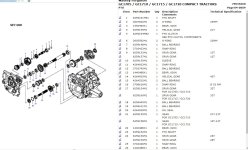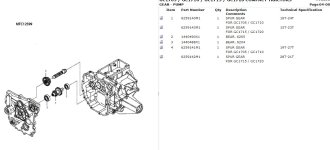GC1710
Silver Member
Found these in the engine service manual and thought they were worth posting. A lot of conclusions can be drawn from this data!
My simple conclusion if your stuck between the 1705/10 vs 1715/20: If you are mainly using PTO attachments at 540rpm you will see just about the same power and much better fuel consumption with the less output engine. If hydraulic flow is critical and you are already thinking of a log splitter or other heavy GPM flow needs then going for the higher output engine may be best. (13% more flow for attachments on the higher output models 4.9 vs 4.4 gpm at the attachments). Why doesn't Massey make the dealers more aware of this data, the multiple dealers I spoke with were all knowledgeable but when asked the difference they all said, better seat, light guards, and just a bit more power. Really I think for anyone considering it's about PTO vs hydraulic flow use. Also for mowing the SFCs are much better on the smaller output motor. Just my 2 cents and a little contribution from a newbie member. Have a great Labor Day weekend!

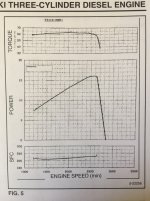
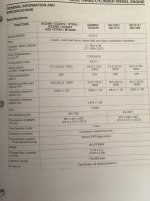
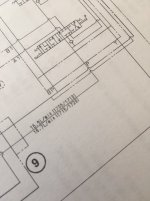
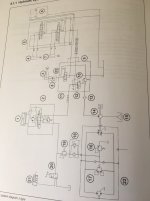
My simple conclusion if your stuck between the 1705/10 vs 1715/20: If you are mainly using PTO attachments at 540rpm you will see just about the same power and much better fuel consumption with the less output engine. If hydraulic flow is critical and you are already thinking of a log splitter or other heavy GPM flow needs then going for the higher output engine may be best. (13% more flow for attachments on the higher output models 4.9 vs 4.4 gpm at the attachments). Why doesn't Massey make the dealers more aware of this data, the multiple dealers I spoke with were all knowledgeable but when asked the difference they all said, better seat, light guards, and just a bit more power. Really I think for anyone considering it's about PTO vs hydraulic flow use. Also for mowing the SFCs are much better on the smaller output motor. Just my 2 cents and a little contribution from a newbie member. Have a great Labor Day weekend!





